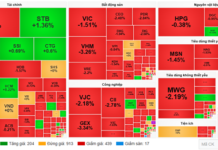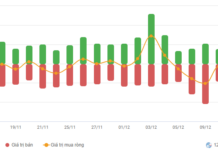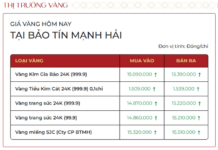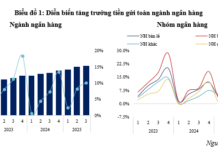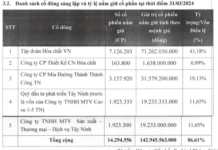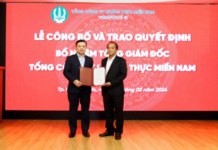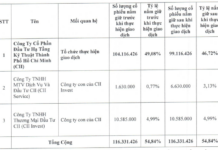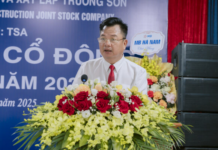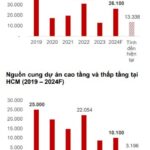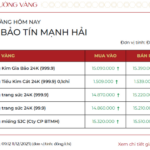According to a study by Savills, in Ho Chi Minh City, apartment prices along the metro line have continuously increased since their launch, with an average growth of 35%-70% depending on the location, and some projects even doubling in price between 2015 and 2023. For instance, Savills observed that Masteri Thao Dien apartments, located near the metro line connecting the center to Thu Duc City, were sold at VND 35-39 million/sqm when launched in late 2014, and have now (Q2/2024) reached secondary prices ranging from VND 69-75 million/sqm.
In Hanoi, the average apartment prices in Cau Giay district for various segments within a 500-meter radius of the metro stations on the Cau Giay – Nhon line increased by over 40% year-over-year from Q3/2023 to Q3/2024. According to data, the shortage of supply in areas farther from this metro line has also pushed up apartment prices by an average of 25%-35%, depending on the location. This indicates that the advantage of being near a metro station has led to a 5%-15% higher price increase compared to the general market trend.
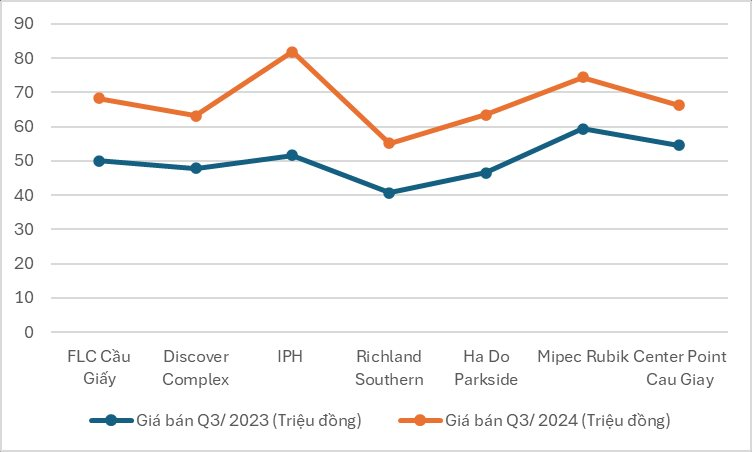
Apartment prices in Cau Giay district, Hanoi, along Metro Line 3, Q3/2023 vs. Q3/2024. Source: Batdongsan.com
Ms. Nguyen Thi Hong Van, Deputy Director of Valuation and Advisory at Savills, commented: “The metro line will contribute to the appreciation of real estate values along its route. More importantly, the metro system significantly enhances the social life of the capital’s residents. This mode of public transportation not only reduces traffic accidents and congestion but also helps minimize environmental pollution by running on electricity and saving travel costs for commuters.”
Currently, Hanoi has two operational metro lines. The first is Line 2A, Cat Linh – Yen Nghia, which started operating in November 2021, with a total length of 13km. This line has 12 stations: Cat Linh, La Thanh, Thai Ha, Lang, Thuong Dinh, Vanh Dai 3, Phung Khoang, Van Quan, Ha Dong, La Khe, Van Khe, and Yen Nghia. Line 2A operates at a frequency of 8 trains/hour/direction, with a capacity of 960 passengers/train, a travel speed of 35 km/h, and a maximum speed of 80 km/h. In 2023, the average daily passenger volume was approximately 29,600.
The second is Line 3 (Phase 1), Nhon – Hanoi, with an elevated section from Nhon to Cau Giay and back. This line was inaugurated in early August 2024, with a length of 8.5 km and 12 stations: Nhon (S1), Minh Khai (S2), Phu Dien (S3), Cau Dien (S4), Le Duc Tho (S5), Dai hoc Quoc Gia (S6), Chua Ha (S7), and Cau Giay (S8).
This metro section operates at a frequency of 8 trains/hour/direction, carrying 920 passengers/train, with a travel speed of 35 km/h and a maximum speed of 80 km/h. During the inauguration period (with free fares), approximately 60,000 passengers/day were recorded on this train section. The number of passengers is expected to decrease after this free period ends.
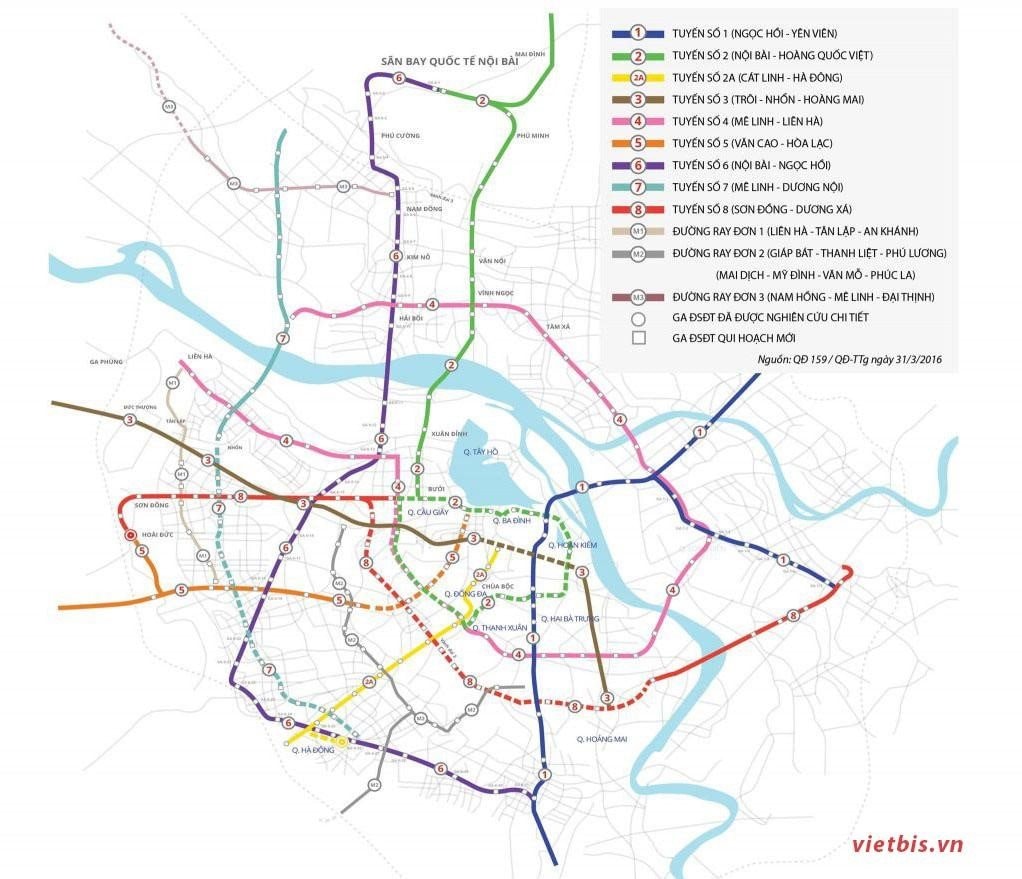
Hanoi’s urban railway system map. Source: Hanoi Metro
By 2030, the city aims to complete 97 km of metro lines, including Line 2, the remaining section of Line 3, and Line 5. By 2035, the city will operate 301 km out of the total 398 km of railways, accounting for 76% of the total length, comprising Lines 1, 2 extended to Soc Son, 2A extended to Xuan Mai, 3 extended to Son Tay, and Lines 4, 6, 7, 8, and the line connecting satellite towns. By 2045, the city will complete the remaining 200 km of metro lines as per the approved master plan.
Why Was the Ho Chi Minh City Department of Natural Resources and Environment Authorized to Grant Pink Books for These Six Cases?
As an authorized body, we are responsible for issuing pink books to overseas Vietnamese, as well as economic organizations with foreign investment. Our team is dedicated to ensuring a smooth and efficient process for all applicants, providing a vital link between foreign nationals of Vietnamese origin and their desired property ownership in the country.
The Capital City Takes Inventory of Land, Creating a Comprehensive Map of Land Use
The nationwide land inventory will be conducted in 2024, with a unified commencement date of August 1, 2024. The 2024 land inventory data will be calculated up until December 31, 2024, ensuring an extensive and comprehensive collection of information.
“Speculators Driving Up Land Prices in Hanoi: The Capital’s Fake Land Frenzy”
“A recent Techcombank Priority report highlights the need for caution among individual investors when it comes to land price appraisal before making investment decisions. The report underscores the importance of diligent research and prudent evaluation of land values to mitigate potential risks and make informed choices.”


